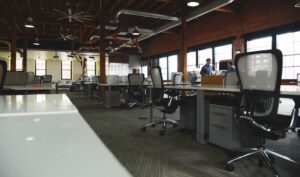
Which Pandemic-Era People Strategies Are Worth Preserving?
Organizations are always changing. This has been especially important since the pandemic arrived in 2020. At first, HR and business leaders were flying blind, reacting

Organizations are always changing. This has been especially important since the pandemic arrived in 2020. At first, HR and business leaders were flying blind, reacting

I’m often asked to give my predictions for what the new year will bring to the future workplace. We’ve seen changes we never imagined, from

When the COVID pandemic swept through the country last year, companies rapidly transitioned employees to remote working. However, this shift led to growing challenges, including

In the past six months, we’ve seen the rise of what I can best describe as ‘emergency culture’. Employees are in a constant state of